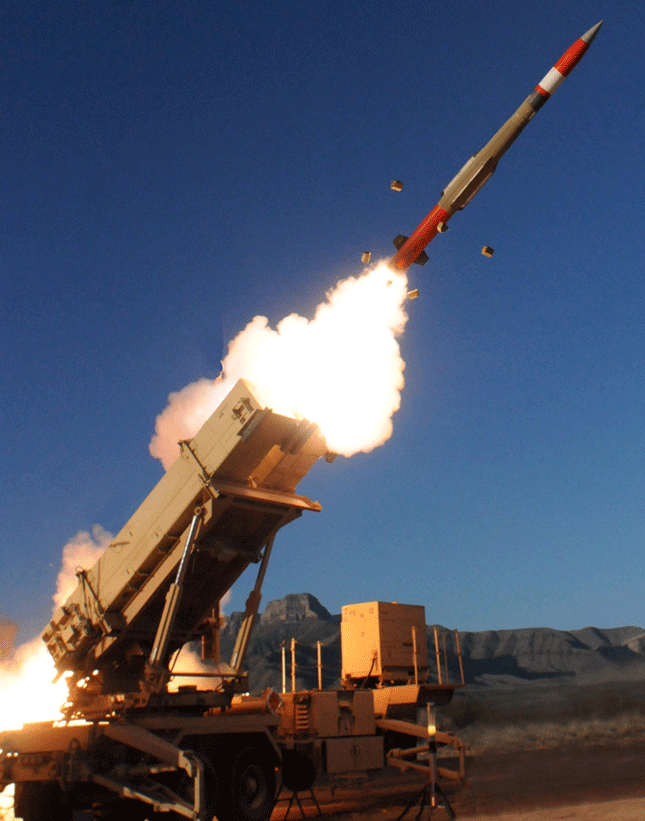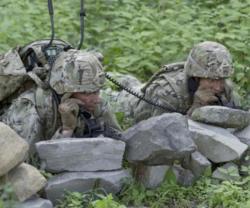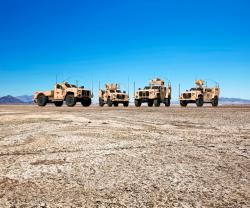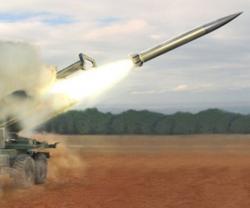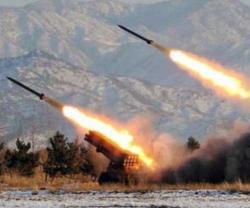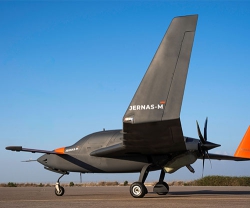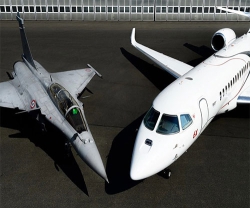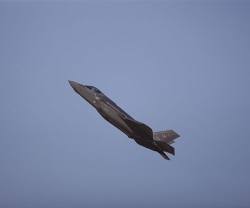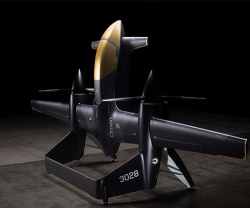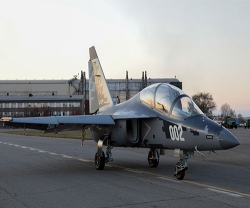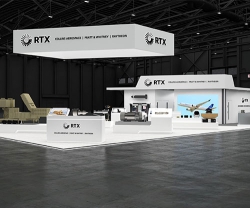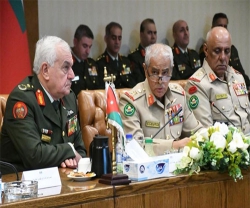Two Lockheed Martin PAC-3 Missiles successfully intercepted two tactical ballistic missile (TBM) targets today as part of a U.S. Army-led missile defense flight test at White Sands Missile Range, New Mexico. The test demonstrated the hit-to-kill interceptor's unique ability to detect, track and destroy an incoming threat.
“The PAC-3 Missile continues to be successful against today’s evolving threats, and it remains the only combat proven hit-to-kill interceptor in the world. Today's global security environment demands reliable solutions. We expect PAC-3 interceptors to continue serving as an integral layer of defense in the protection of soldiers, citizens and infrastructure,” said Scott Arnold, Vice President of PAC-3 programs at Lockheed Martin Missiles and Fire Control.
The PAC-3 Missile is a high-velocity interceptor that defends against incoming threats, including tactical ballistic missiles, cruise missiles and aircraft. PAC-3 uses Hit-to-Kill technology, which destroys threats through kinetic energy in body-to-body contact. It currently provides missile defense capabilities for the U.S., the Netherlands, Germany, Japan, United Arab Emirates and Taiwan, and Lockheed Martin is on contract with four additional nations: Kuwait, Qatar, South Korea and Saudi Arabia.
As a world leader in systems integration and development of air and missile defense systems and technologies, Lockheed Martin delivers high-quality missile defense solutions that protect citizens, critical assets and deployed forces from current and future threats. The company’s experience spans missile design and production, infrared seekers, command and control/battle management, and communications, precision pointing and tracking optics, radar and signal processing, as well as threat-representative targets for missile defense tests.
Headquartered in Bethesda, Maryland, Lockheed Martin is a global security and aerospace company that employs approximately 98,000 people worldwide and is principally engaged in the research, design, development, manufacture, integration and sustainment of advanced technology systems, products and services.

